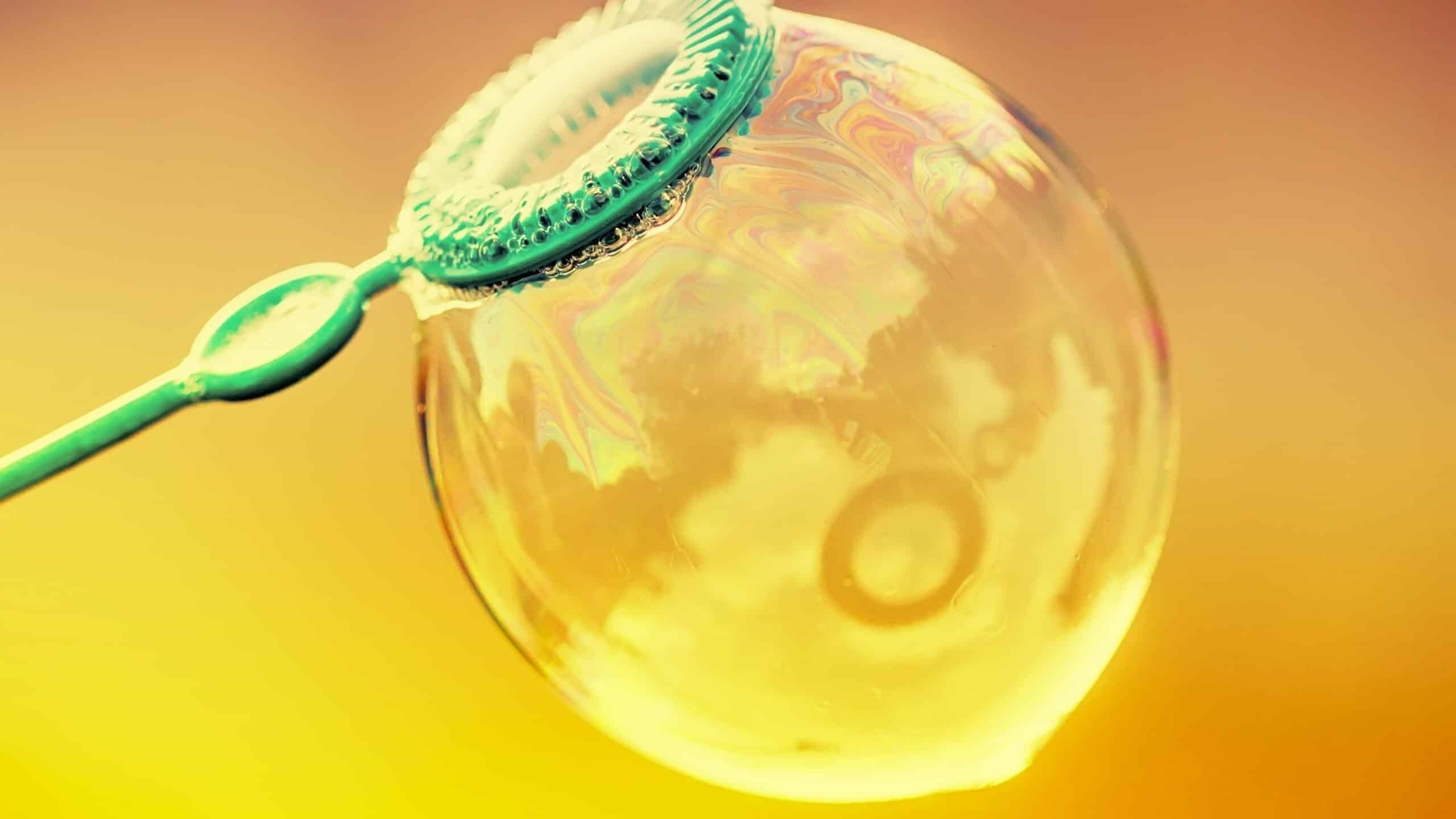
Home » The Bubble: Caring for Low Breed Populations

As we know, AKC registrations have been decreasing. Many breeds have now been reduced to dangerously low populations, and I have been thinking about this a lot recently. The big question is, what are we going to do about it and how do we take care of the situation?
There are two issues involved. One is the need to preserve a breed’s genetic material for the future; the other is the focus that many have on preserving diversity. This makes me think of what purebred breeders in Britain had to deal with at the end of WWII. The dog population in the country had been severely reduced due to wartime conditions and problems with the food supply, and rationing was introduced for the whole country. For the duration of the war and for a couple of years after, ration books were issued for each person. This did not apply to dogs, they could eat scraps, if lucky. Very few owners or breeders were able to maintain dogs that they would like to keep, and even fewer were able to breed from them. By the end of the war, there was a very limited number of dogs or bitches alive that could be bred from in any breed.
When the war ended, there were a few breeders who had been able to keep dogs and save their bloodlines who now had to think about what to do next. This varied from one breed to another, of course. In my own breed (Afghan Hounds) we were fortunate enough that some dogs had been sent to Ireland for safety at the beginning of the war. These helped in the repopulation process—but breeders could not always be as selective as they wanted. Most important to the breeders of that time was that any dog or bitch used for breeding had robust health, and could breed and whelp a litter naturally… the details could come in the next generation. I remember meeting a lady who had owned an Afghan Hound female during the war and she proudly showed me her photograph. She had, in fact, been bred once and I recognized her name from the breed database. Today, 80 years later, she would have been spayed and put in a pet home.
So, what happened next? The few remaining breeders developed their own bloodlines, all bred according to the Breed Standard; but with each breeder having their own preferences, there was variation. One would look for substance, and another would look for elegance. One would insist on correct eye shape and color, and the next would want a perfect tail and tailset. This preserved all the desired qualities that might otherwise have been lost.
New breeders were welcomed in their breed communities—even if they had never shown a dog before! Perhaps that was because everyone knew how much had been lost due to the war. I know, in the Afghan Hound community from the 1980s on, that was old and forgotten history. It had been replaced by the stories of the overpopulation of the mid-1970s. There are people today who were never there back then, but have heard the stories and now think that one more litter will create a 1970s crisis.
In my own breed, we can look back and see how the breeders made use of the dogs and bitches available in their own kennel or those owned by others. Tightly bred pedigrees were commonplace, and “inbreeding” had not yet become a dirty word. I remember an inbred litter (CH father to CH daughter) that produced champions and champion producers. It was a highly influential litter. I then bought a granddaughter of that litter to breed to my American-bred import. That was what people did.
The differences between then and now are how the breeders themselves operated—or were allowed to operate! As long as a person had the space and housing to maintain their dogs, to breed three or four litters every year was normal. As long as they were well-cared for and their puppies were well-reared and healthy, nobody objected. Today, if a breeder did that, they would be persecuted by some of their peers.
When it comes to diversity, just WHAT are we looking for? My personal opinion is that in low number breeds, it is essential to preserve as much of the gene pool as possible—and that means saving semen for future use. It also means saving the daughters of sires worth saving and making sure that they are bred on from, now or in the future. Every dog has a unique DNA footprint, even in littermates, and every puppy they produce will be unique as well. There are 38 chromosome pairs, with hundreds of genes, plus the X and Y sex chromosomes, and the best way to preserve genes is by close breeding. When there are different families excelling in specific areas, and which have been preserved, there will be better options in the future than if every dog in the breed has a COI of near zero with a little bit of everything and no place to go for improvement.
When it comes to health, with advances in genetics, BREED-SPECIFIC testing is essential IF available. We are told that we should breed by number and reduce the COI for health—use breed-specific DNA tests instead. I knew of an Afghan Hound with a COI of close to 0 which was found to have hereditary auto immune thyroiditis. We have been told that “inbreeding” causes infertility, but IF you are breeding from dogs or bitches with infertility in their ancestry, inbreeding is not the cause, it is the “effect” of those breeding choices. One of my own bitches with a COI of 19 gifted me with 16, yes, sixteen puppies! A natural whelping, all puppies alive and well.
So where do we go from here? As others have said recently, breeders need to breed more often, as long as they have the time, the space, and the facilities to do so. Inbreeding is not the 8th deadly sin, BAD breeding choices are the problem. Newcomers should be made to feel welcome, and all breeds will have their unique needs to take into consideration.
